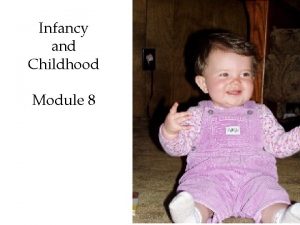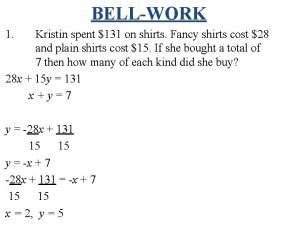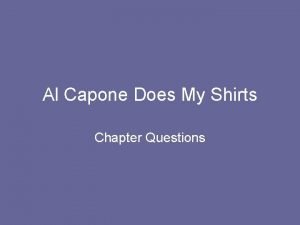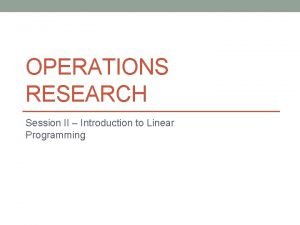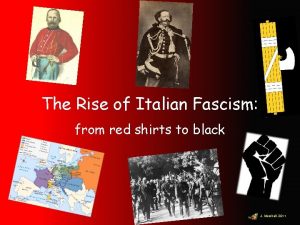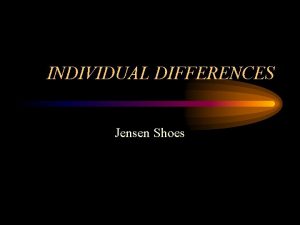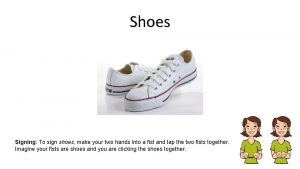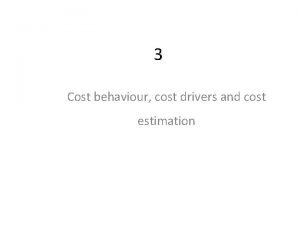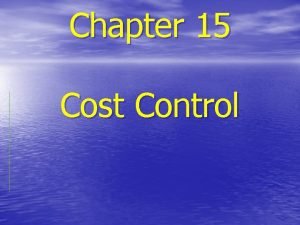T shirts Change 20 Shoes cost of shoes









- Slides: 9


T shirts Change 20 Shoes cost of shoes Change 0 2/1 shirts 18 -2 1 1 15 -3 2 1 3/1 shirts 11 -4 3 1 6 -5 4 1 0 -6 5 1 4/1 shirts 5/1 shirts 6/1 shirts

MARGINAL COST • The opportunity cost of one more unit of a good • That is, what you must give up to gain one more unit of something • To gain the fourth shoe you must give up five shirts. When shoe production is at 4 units, the marginal cost of a shoe is five shirts.


Marginal Benefit • Preferences and Marginal Benefit –Preferences are a description of a person’s likes and dislikes. –To describe preferences, economists use the concepts of marginal benefit and the marginal benefit curve. –The marginal benefit of a good or service is the benefit received from consuming one more unit of it. –We measure marginal benefit by the amount that a person is willing to pay for an additional unit of a good or service. 2 -5

MARGINAL BENEFIT –Generally, the more we have of any good or service, the smaller its marginal benefit and the less we are willing to pay for an additional unit of it. –We call this general principle the principle of decreasing marginal benefit. –The marginal benefit curve shows the relationship between the marginal benefit of a good and the quantity of that good consumed. 2 -6

Cost in Shoes shirts Shirts willing to give up MC MB 1 2 8 2 3 6 3 4 4 4 5 2 5 6 0


Using Resources Efficiently • Efficient Use of Resources –When we cannot produce more of any one good without giving up some other good, we have achieved production efficiency, and we are producing at a point on the PPF. –When we cannot produce more of any one good without giving up some other good that we value more highly, we have achieved allocative efficiency, and we are producing at the point on the PPF that we prefer above all other points. 2 -9
 Yuda bands designs
Yuda bands designs Preschoolers often have trouble buttoning shirts
Preschoolers often have trouble buttoning shirts Kristin spent $131 on shirts
Kristin spent $131 on shirts Al capone does my shirts questions
Al capone does my shirts questions Dana buys dress shirts
Dana buys dress shirts A retail store stocks two types of shirts a and b
A retail store stocks two types of shirts a and b Mad t shirt music poster
Mad t shirt music poster Lenox ironed 1/4 of the shirts over the weekend
Lenox ironed 1/4 of the shirts over the weekend Red uniform shirts
Red uniform shirts Mussolini red shirts
Mussolini red shirts

